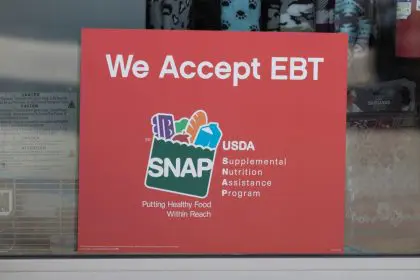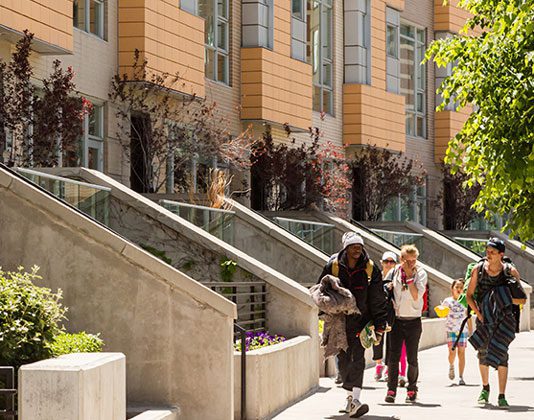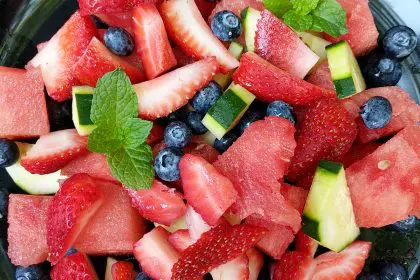In a city where the cost of living continues to climb, accessing nutritious food remains a fundamental challenge for many San Francisco residents. From the foggy avenues of the Richmond to the sunny slopes of Potrero Hill, food insecurity touches every neighborhood, though often invisibly. Fortunately, San Francisco offers one of the nation’s most robust networks of food assistance programs, created through decades of community advocacy and compassionate policy-making.
The wealth of available resources can sometimes feel overwhelming, especially for those facing hunger for the first time or service providers trying to connect clients with appropriate support. This comprehensive guide illuminates the pathways to food security that exist throughout the city, ensuring that no San Franciscan needs to go hungry.
Finding free groceries and prepared meals
When the refrigerator is empty and payday remains distant, free food resources provide immediate relief for families and individuals in crisis. San Francisco‘s extensive network of food pantries distributes groceries at locations throughout the city, often with no questions asked beyond basic residency information.
To locate the nearest food pantry or free meal site, residents can simply dial 211 from any phone within San Francisco. This social service hotline connects callers with operators who can provide real-time information about where and when free food is available in their neighborhood. The 211 database can also be searched online for those who prefer digital access.
The city’s food assistance network includes specialized programs designed to meet the unique needs of various populations. Immigrants, seniors, people with AIDS and other disabilities, and residents of public housing can all access tailored food support services. The 211 operators maintain current information on these specialized programs and can direct callers to appropriate resources.
For decades, The Free Printshop has published essential guides known as “Free Eats” and “Free Pantry” charts in both English and Spanish. These practical resources list locations, hours, and requirements for accessing free food throughout San Francisco, making them invaluable tools for both service providers and individuals seeking assistance.
Support for homebound residents
Mobility limitations should never lead to hunger. San Francisco offers multiple home-delivered meal programs designed to support residents who cannot easily leave their homes to shop or prepare food.
Seniors aged 60 and over who are homebound can access nutritious meals through the Clearinghouse for Home Delivered Meals. This centralized service coordinates various meal delivery programs across the city, simplifying the process of getting food to older adults who might otherwise go without. Residents or caregivers can initiate service by calling (415) 648-5592.
For disabled residents under 60 years old, Project Open Hand provides a similar lifeline. This pioneering organization also offers specialized nutrition programs for people living with HIV/AIDS and breast cancer, recognizing the crucial role proper nutrition plays in managing these conditions.
Fresh produce access
Fresh fruits and vegetables form the foundation of healthy eating, but access varies dramatically across San Francisco neighborhoods. Farmers markets represent bright spots of produce abundance, often offering more affordable options than traditional supermarkets.
These markets operate throughout the city, from the iconic Ferry Building marketplace to smaller neighborhood gatherings in places like the Fillmore and Alemany. Many accept food assistance benefits like EBT cards, and some offer matching programs that double the purchasing power of these benefits when buying fresh produce.
In the historically underserved Bayview Hunters Point area, youth leadership is addressing the produce gap through innovative programs like Somethin’ Fresh. This Girls 2000 project delivers fresh fruit directly to neighborhood residents, bringing nutritious options to an area traditionally classified as a food desert. Residents interested in this youth-led initiative can contact Candice Pierson at (415) 822-8091.
Responding to food emergencies
Hunger constitutes a genuine emergency, particularly for vulnerable populations like children and elderly adults. San Francisco maintains responsive systems designed to quickly address acute food needs.
When a child lacks adequate food, concerned community members can contact Child Protective Services at (415) 558-2650 or (800) 856-5553. These reports can be made anonymously, and the agency can arrange for immediate food assistance while also addressing any broader welfare concerns.
Similarly, Adult Protective Services intervenes when elderly or dependent adults face food insecurity. Anonymous reports enable swift response to ensure that vulnerable adults receive the nutrition they need without delay.
Government food assistance programs
Beyond emergency and community-based options, several government programs provide ongoing food support to eligible residents.
The Supplemental Nutrition Assistance Program (SNAP), commonly known as food stamps, represents the largest food security initiative. This federal program provides monthly benefits via an ATM-like card that can be used to purchase groceries at most markets, some restaurants, and select farmers markets. San Francisco maintains a dedicated food stamp hotline at (415) 558-1001 to assist with applications and questions.
For a convenient first step, San Francisco offers online screening and application services for food stamp eligibility in English, Spanish, and Chinese. This user-friendly system also provides information about other nutrition programs like WIC, school meals, and Medi-Cal.
The Commodity Supplemental Food Program delivers monthly boxes of nutritious USDA food to qualified low-income seniors, mothers, and children. These boxes, distributed at sites throughout the city, contain shelf-stable items designed to supplement diets with essential nutrients.
The Women, Infants, and Children (WIC) program specifically targets pregnant and postpartum mothers and their young children under age five. WIC provides nutrient-dense foods like dairy products, whole grains, fruits, vegetables, and infant formula to ensure proper development during these critical life stages.
School and summer meal programs
Children need consistent nutrition to learn and grow, regardless of their family’s financial situation. The San Francisco Unified School District addresses this need through its school lunch program, which serves meals to eligible students during the academic year.
When school breaks for summer, the Department of Children, Youth and Families steps in with its Summer Lunch Program. This initiative ensures continuity of nutrition by providing free lunches at various sites throughout the city, helping families stretch limited food budgets during months when children don’t receive school meals.
Building food security for all San Franciscans
San Francisco’s multifaceted approach to addressing hunger reflects a community-wide commitment to food security as a basic right. From government programs to grassroots initiatives, the city offers multiple entry points to nutrition assistance designed to meet residents where they are.
Service providers working with vulnerable populations can use this guide to help connect clients with appropriate resources based on their specific situations. Individuals facing food insecurity can access these programs directly, often without extensive documentation or complicated application processes.
While challenges remain, particularly in neighborhoods lacking adequate grocery infrastructure and among populations facing unique barriers, San Francisco continues to develop innovative approaches to ensuring that every resident has reliable access to nutritious food.
By cultivating awareness of these resources and reducing stigma around seeking food assistance, San Francisco moves closer to its vision of becoming a city where hunger never dictates health outcomes or limits human potential.


















